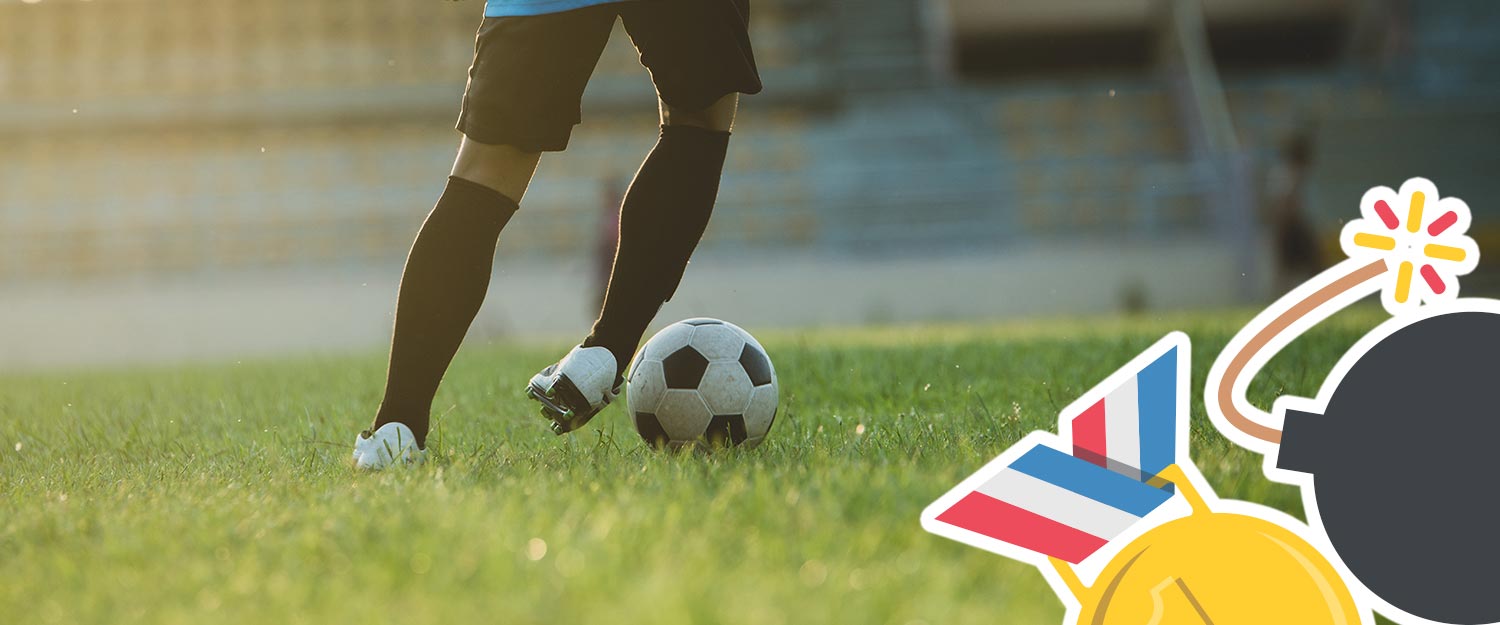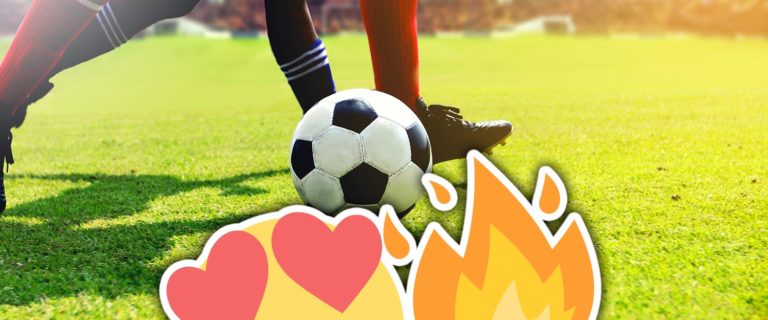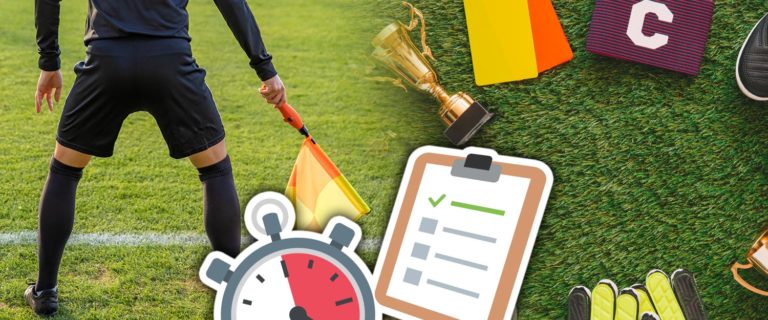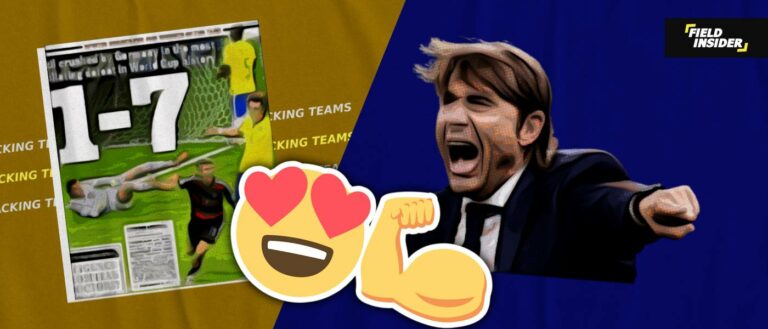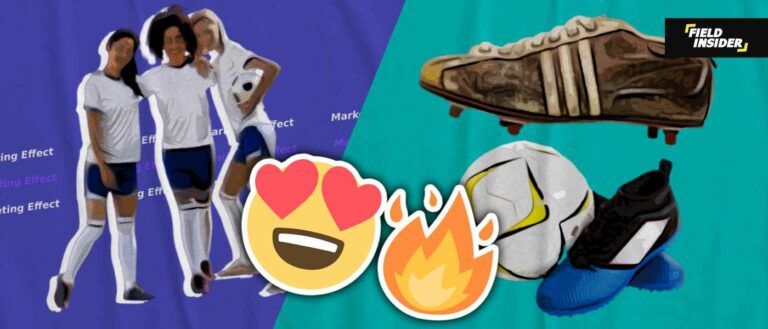How to train All Positions Individually | Complete Guide
Modern football requires a high level of technical, tactical and functional preparation as well as motor capacities. The players within the team have certain specifics according to their position. This requires different approaches towards their individual football training to maximize their abilities and knowledge.
With the development of the football game, the models of the game have changed so it has become faster today, and player workloads increased both in training and during the match. Considering the requirements of the game, a high adoption of motor structures is required in the defence phase and the attack phase.
The goalkeeper, two central defensive players and two attackers represent a group of players of exceptional explosiveness and strength, speed and agility. Two outside defensive players and four midfielders represent a group of players with exceptional endurance, coordination, flexibility and highly developed specific speed, specific precision and specific coordination.
What is Individual Football Training?
Individual football training is a way of working by which one athlete conducts the entire training independently under the guidance of a coach. This type of training can be carried out successfully if there are known characteristics of activities, determined player’s abilities, characteristics and current level of knowledge.
This type of individual football training is most often applied when the players want to improve their abilities and knowledge. Also, when showing certain shortcomings in technical and tactical knowledge or fitness abilities.
The coach evaluates the group as a whole, occasionally paying attention to someone separately. Each person is an individual, with their own characteristics – some perceive the settings and tasks of the coach better, others worse, some can catch everything on the fly, and some need time to figure out how to complete the task.
In the general group, the conditions are the same for everyone, so some players progress faster. Others start to lag behind, although in general their potential is not at lower level. It often happens that good players, at one point, do not get enough attention from the coach and they stop their development.
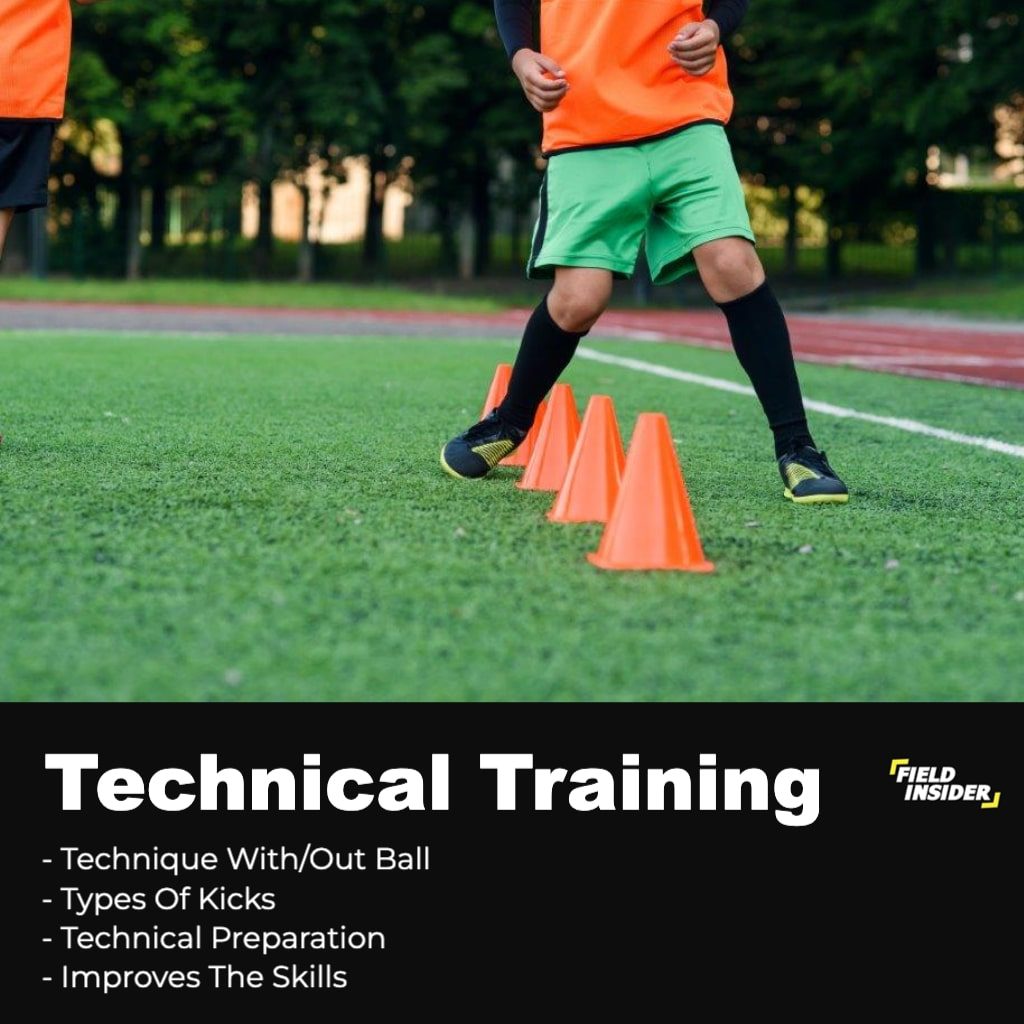
Training Sessions
On average, one footballer touches the ball 200-300 times in one training session at the Youth Sports School. According to the experts of the world’s leading academy “Ajax” (Amsterdam), in order to achieve high results in football, a football player must make over 1000 touches of the ball in one training session.
Sports training planning is a complex management action that determines the goals and tasks of the training process, with the necessary technical, material and personnel conditions. It must be based on achievable goals and it needs to be adapted to the capabilities of the individual.
According to the structure, individual football training is divided into introductory – preparatory, the main and the final part of the training. The duration of the introductory – preparatory part training is 10 – 20 minutes and consists of 3 phases.
- In the first phase, the body temperature is increased through various exercises depending on the type of training.
- In the second phase, the goal is to increase the mobility of the joint systems and muscles involved in training.
- The third stage and the main part of the training, is where the work program is performed in several sequences at high level loads.
The main part of the training usually lasts 40 – 70 min. In this part of the training, the intensity is gradually reduced in order to speed up the process recovery, remove accumulated metabolites, achieve muscle relaxation, and release nervous tension and normalize cardio-responsive system.
In the final part of the training session, the intensity of the work gradually decreases and the duration of this part of the training is about 10-15 minutes.
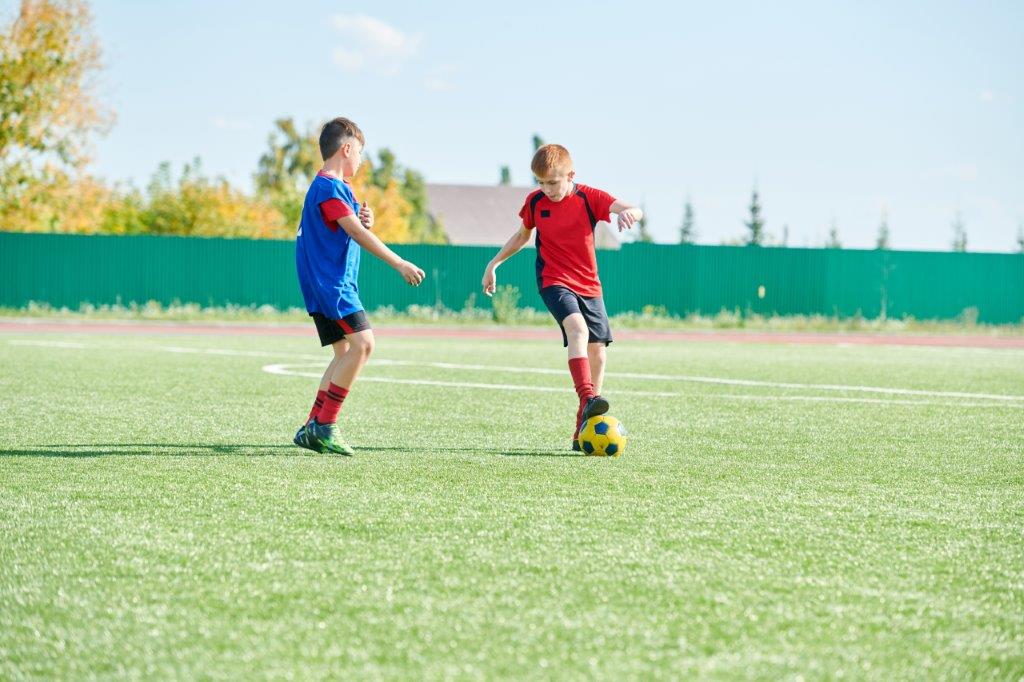
Goalkeepers’ Individual Football Training
The goalkeeper has a unique position in football and requires specialised training to develop the set of skills. To be effective in the position, the goalkeeper needs confidence and firmness to be the back line of the team’s defence and the first point of attack.
It is also necessary to develop technical and tactical skills in order to integrate into the team’s defence. The goalkeeper is a both a leader as well as a communicator.

Quick reflexes are the most important qualities a goalkeeper must have. Slow reflexes are like jumping into water even though you cannot swim. Nevertheless, the reflexes can be trained and sharpened with regular practice.
One of the tips for honing the goalkeeper’s reflex is to ask two strikers (A and B) from your team to take turns and shoot the goal:
- Ask player A to drop the supply of the ball outside the penalty area and ask player B to hit the ball from the penalty spot.
- Player B must kneel to the goal, facing player A. Ask player A to kick the ball with a semi-volley towards player B. Player B must use his/her hand to bounce the ball.
Reflexes
The job of the goalkeeper is to react as quickly as possible to a change in the direction of the ball so you don’t admit it. This exercise technique is to be performed for 3-5 sets of repetitions, with each set “containing” six shots. This exercise increases the goalkeeper’s ability to predict and react to rejected shots. This means he/she is ready to change speed and save time during the game. The goalkeeper needs to practice shots with different dynamics – one low, one half high, on the same side, so that the sides change.
The so-called reaction exercises – the coach shoots from ten meters, an obstacle is placed five meters from the goal so that the ball bounces unpredictably. This is important for reflexes. Hard work on the defence against centre shots is very important – the web where one assistant centres, and the goalkeeper’s coach interferes with you in order to create a real situation from the game is very important. Centre shots are very important in modern football, as well as the correct reaction of goalkeepers to them. Proper and safe catching of the ball will prevent the ball from bouncing. You need to work hard and practice catching low, half-high and high balls.
Positioning
The basic position of the goalkeeper is the most favourable position of the body. It enables fast and efficient action in all directions.
- The feet are in a small stride position;
- The weight of the body should be properly distributed on both feet
- The knees should be slightly bent
- The torso should be bent forward, the arms bent at the elbow at right angles
- The palms facing inwards and downwards.
- The gaze should be directed towards the place of action.
This position allows the goalkeeper to react in a timely and successful manner.
Defenders’ Individual Football Training
Central Defenders
Central defensive players are the players in the middle of the back line. Depending on the game system, in the defence phase they are primarily in the narrower and central zone defence.
Their main task is to stop the opponent’s attacks and then we call them the last one central defensive players. In the attack phase, their activities are focused on preparation and opening attacks.

Their task is to distribute the ball to the centre or finish zone attacks. Their lines of movement are mostly limited to the middle of the field, but they are often in the final stages of the attack when the game is interrupted where a good head game is required.
Fullbacks
Fullbacks who are back line players are on the wings. In the defensive phase, the full-backs as well as the last central defensive players, primarily operate in the narrower and central defence zone. Then we call them the last wingers, and their task is to ruin the oppositions’ attack.
In the attack phase, depending on the game system, they operate in the zone preparation, the opening of attacks and in the centre area of the attack. Their lines of movement are larger because they operate in both directions along the wing lines with special emphasis on defensive tasks, where they often find themselves in one-on-one situations.
On average, they are slightly lower in growth and smaller physiques than other types of players.
Individual football training of defensive players should improve the defensive qualities of players. There is a full range of exercises that can improve this segment of the game.
In modern football, the defensive segment of the game is constantly being developed and new tactics emerged. Modern football demands from the defensive player a big role in opening the game and further flow of the ball.
Therefore, we should constantly work on improving the technical elements of defensive players. The development of motor and technical abilities of players is also very important.
Midfielders’ Individual Football Training
Central midfielders are players with quite versatile roles. Analysing the game either in the defence phase or the attack phase, they move in all zones and all directions, but dominantly in the central part of the court.
In the defence phase, their task is to interrupt enemy attacks in the centre of the field and in front of the narrow zone of defence. More precisely, this is the role of defensive midfielder.
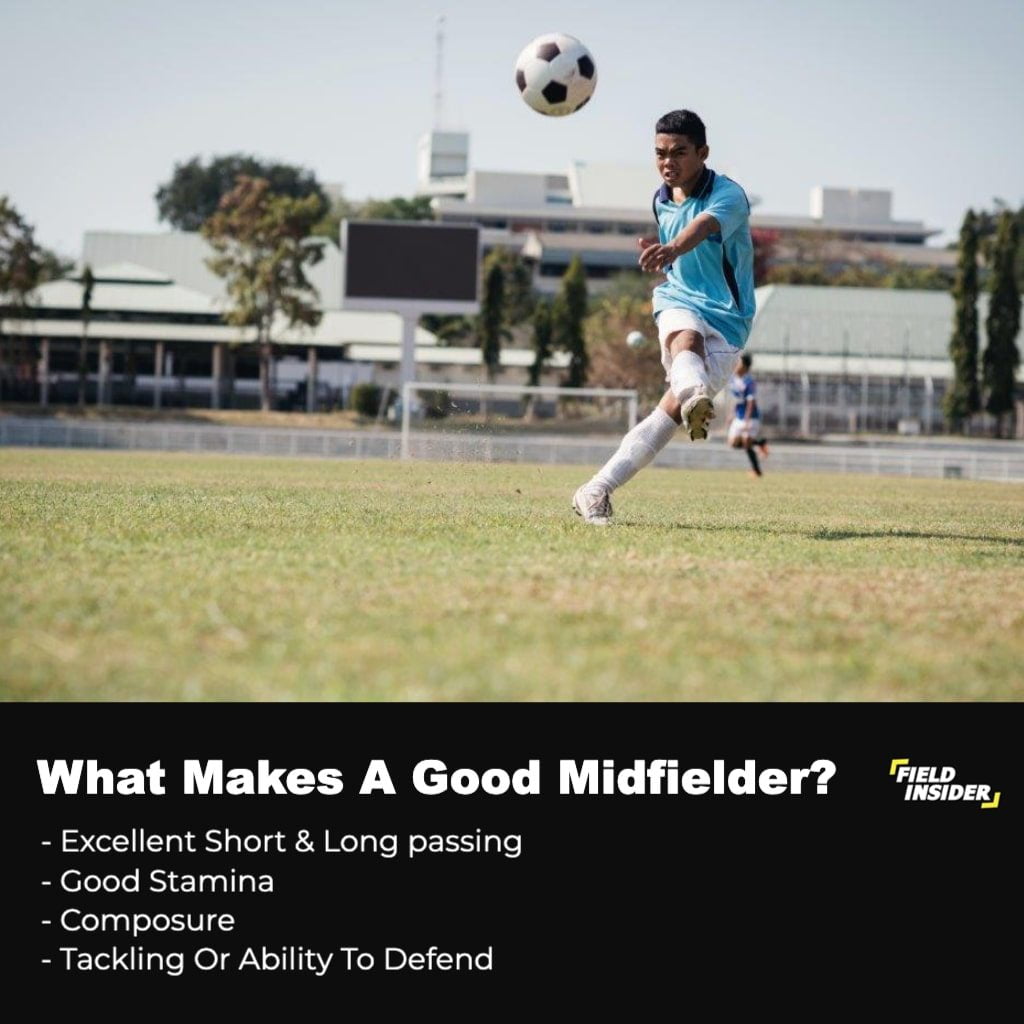
In the attack phase, they receive the ball from the defensive players and they distribute them to the attackers, that is, to the zone of the end of the attack. In this case they play the role of central attacking midfielders.
Players in this position must have a good overview of the game, great control of the ball, aggression and a sense of play in both phases of the football game. The midfielders are the brain of the team and the team play depends on them.
The focus of individual football training should be in accordance with the philosophy of the coach. Working on perfecting the technique is crucial for the midfielder. Ball control, precise pass, game overview, agility, quick decision making in the game are very important for this type of player.
Working on motor skills is also very important. This is because the midfielder has a wide radius of movement and is expected to have a lot of forerunners during the game.
Attackers’ Individual Football Training
The strikers are front line players. The attack phase operates in the centre zone, and predominantly in the attack end zone. Depending on the game system, he can be positioned on the wing or on the central part of the attack zone. In the attack phase, we call them front attackers.
Their task is to create “pressure” on the opponents’ defenders by destroying the opponents’ attack at the very beginning. At that stage of the game we call them front defensive players. Attackers must have high ball control, quick reaction with or without the ball, as well as goal realisation.
Individual football training for attackers should focus on the final stage of attack. Kicking from different situations, shooting with both feet and hitting the ball with the head are very important aspects for the attacker.
They should constantly work on their movement in order to create the space and the chance to score a goal. For the attacker, starting pace is very important, so the development of motor skills and acceleration is also very important.
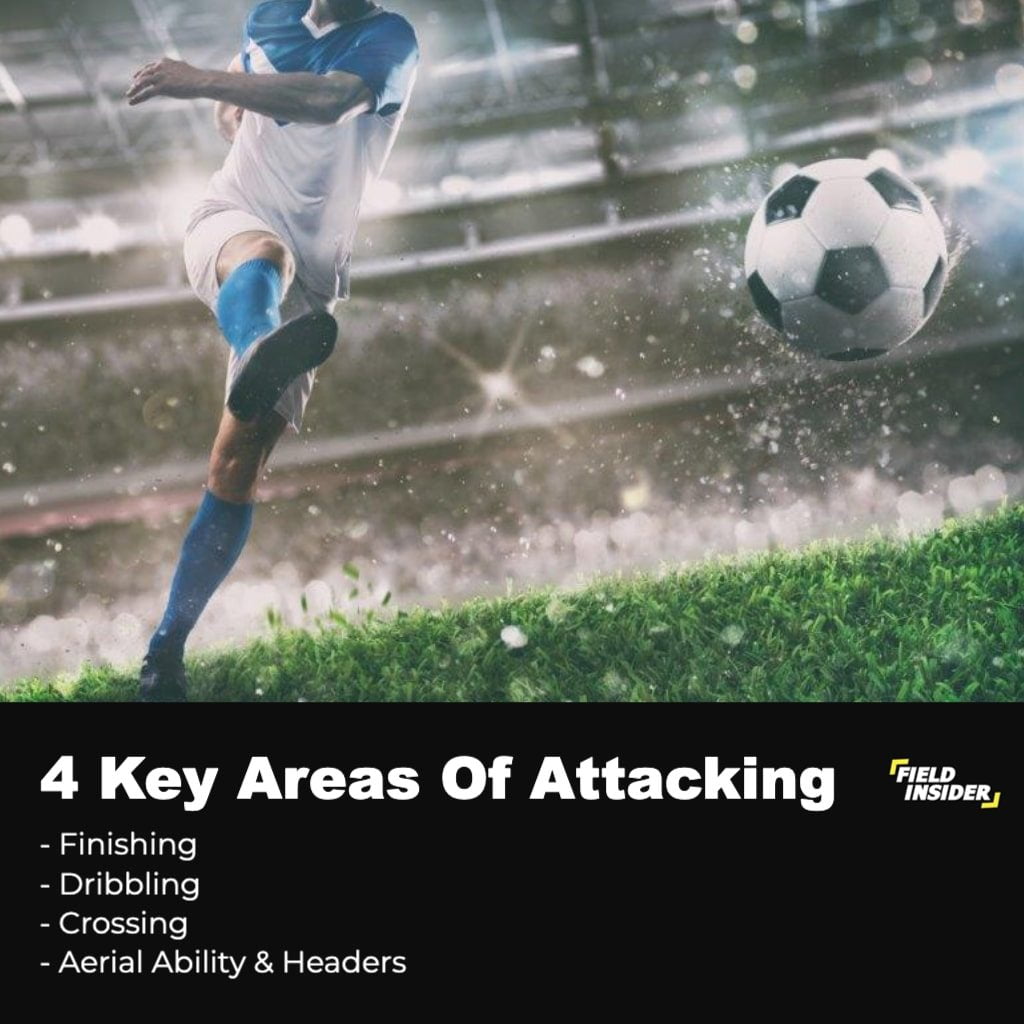
Conclusion
Football, is advancing at a rapid pace and puts footballers in the face of growing challenges. To deal with such requirements of the game itself, footballers must possess a high ability level. A high level of ability occurs as a result of quality sports preparation.
Preparing a footballer, depending on his/her position in the game, implies different physical and technical and tactical requirements. Players in a specific position have different tasks.
This would require different approaches to their individual preparation to maximize their skills and knowledge. High sports results can only be achieved with quality and effective individual football training.
At a given pace, speed and dynamism of the football game are constantly increasing. It is necessary to combine scientific research with practical experience when creating individual football training plan.


